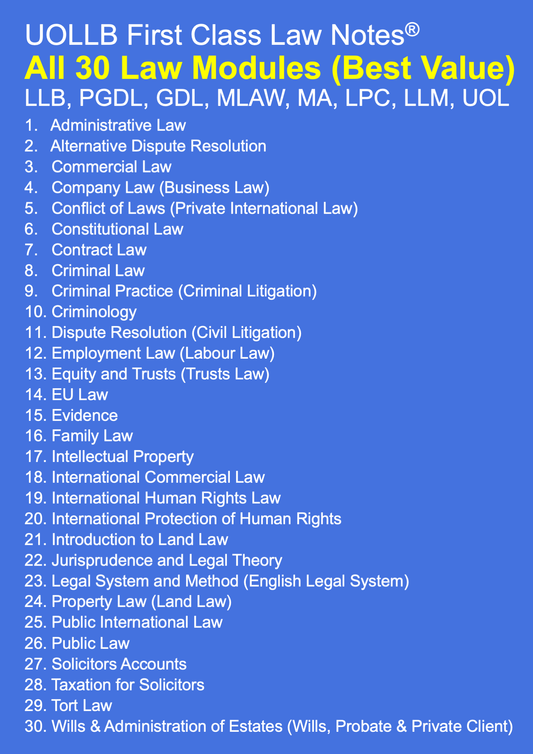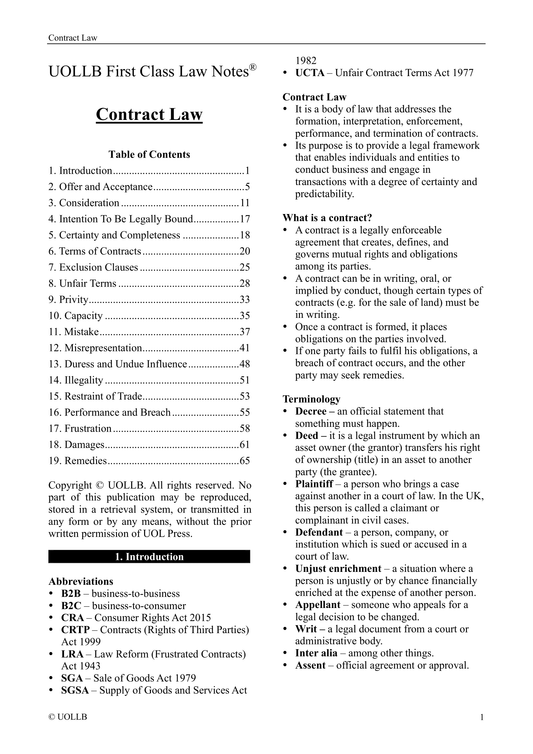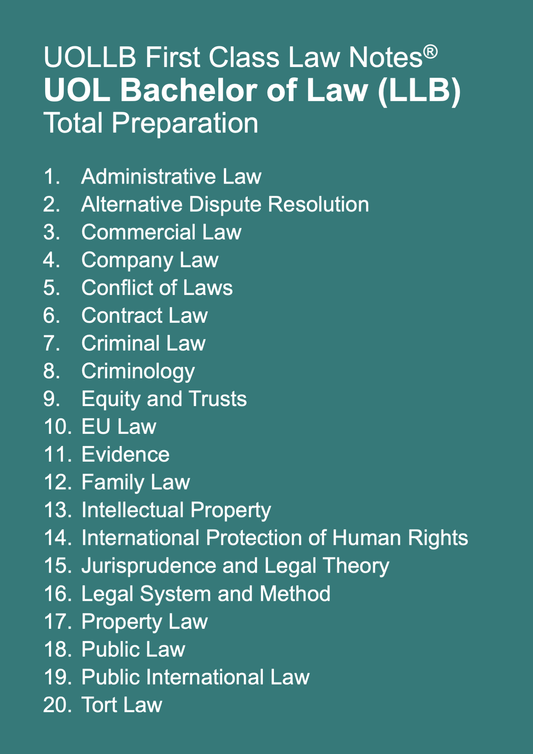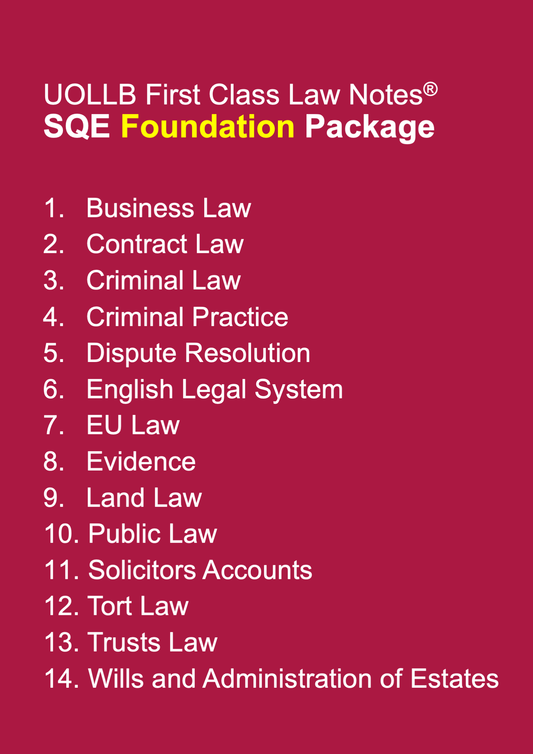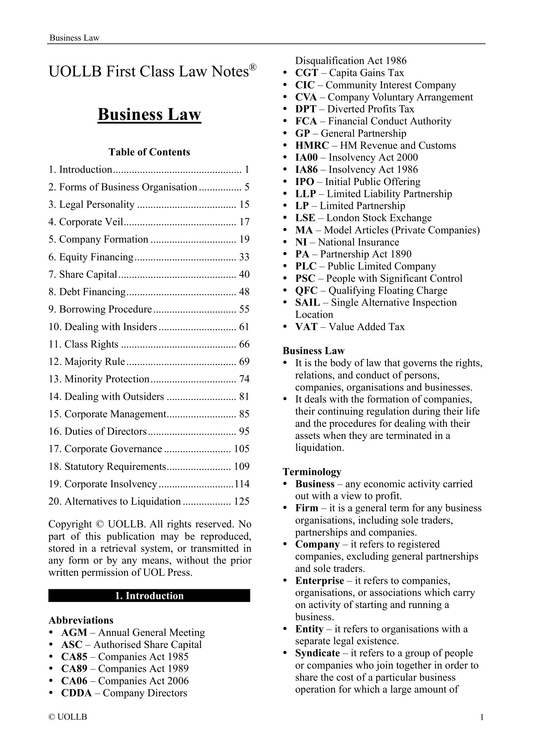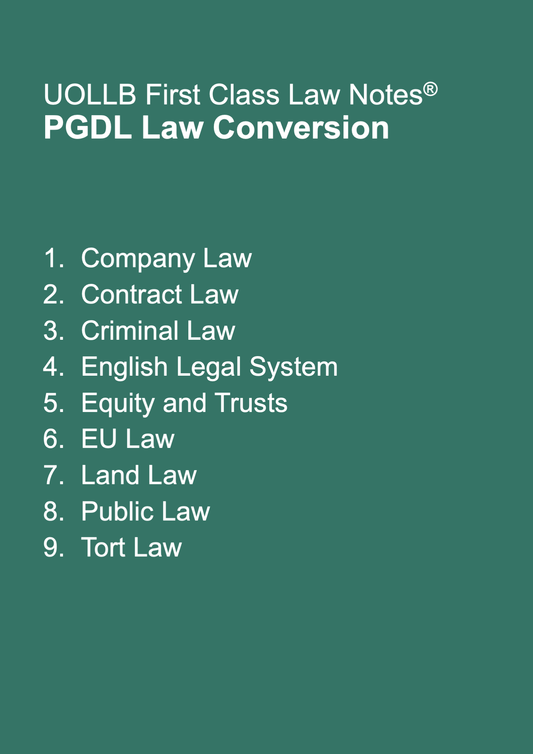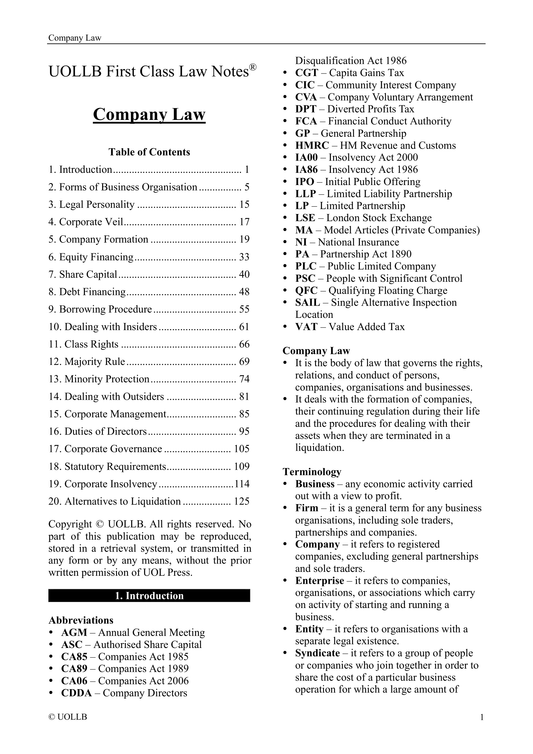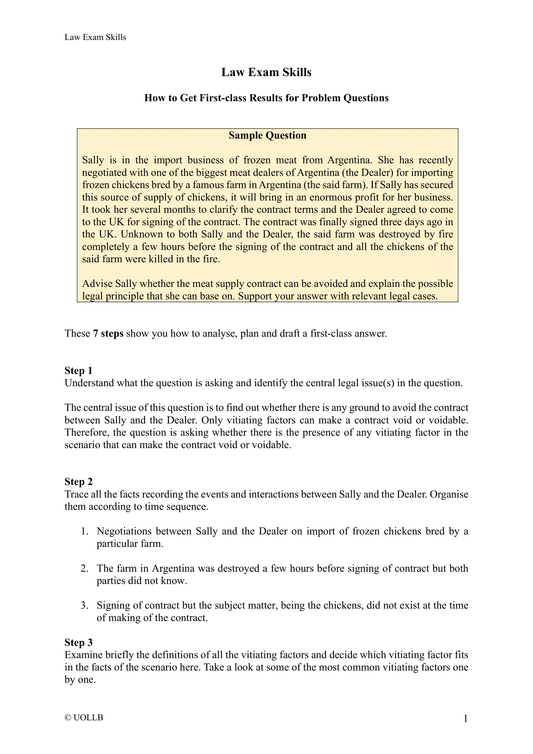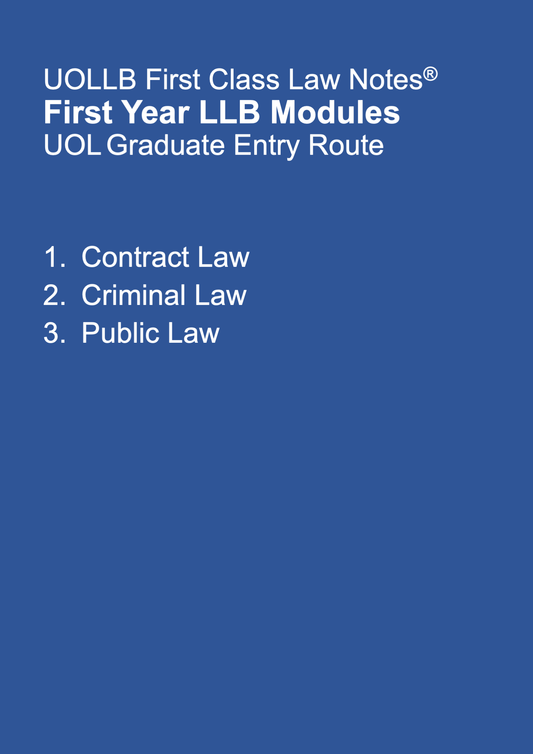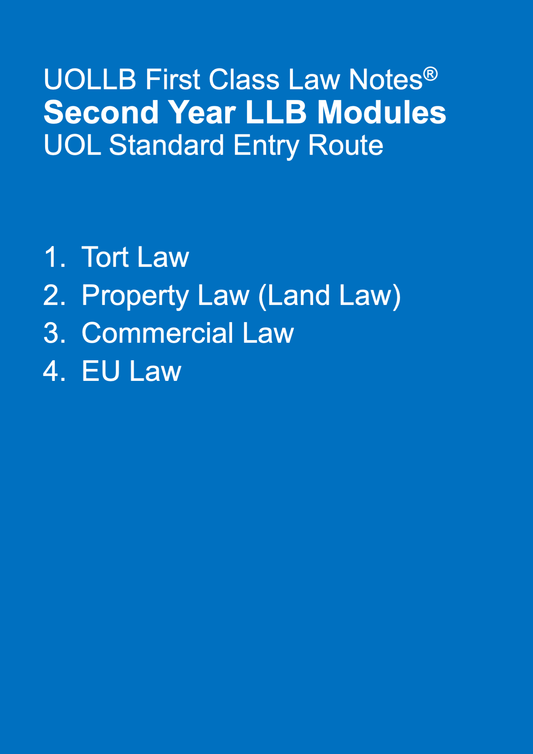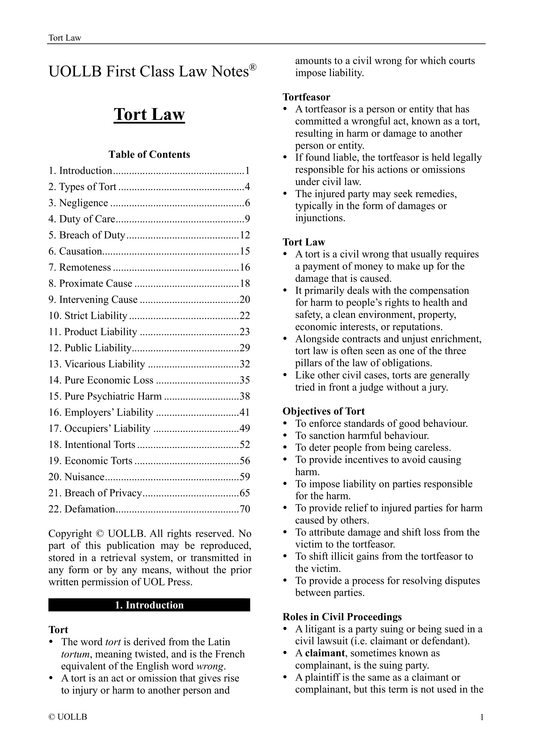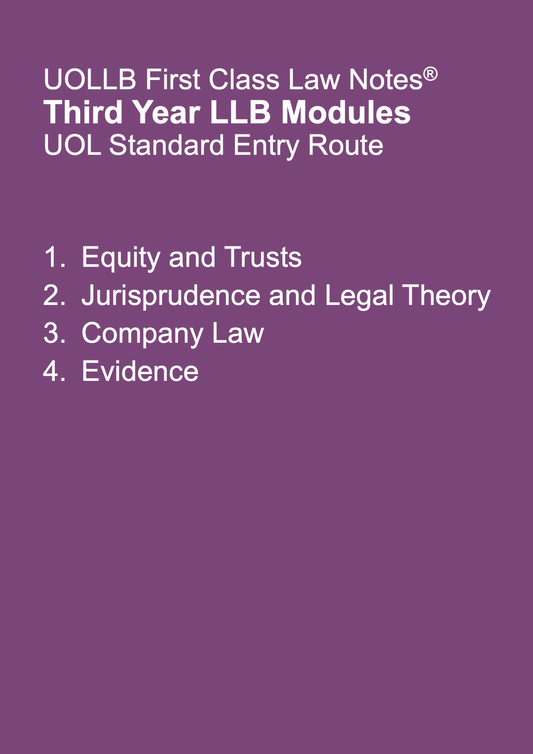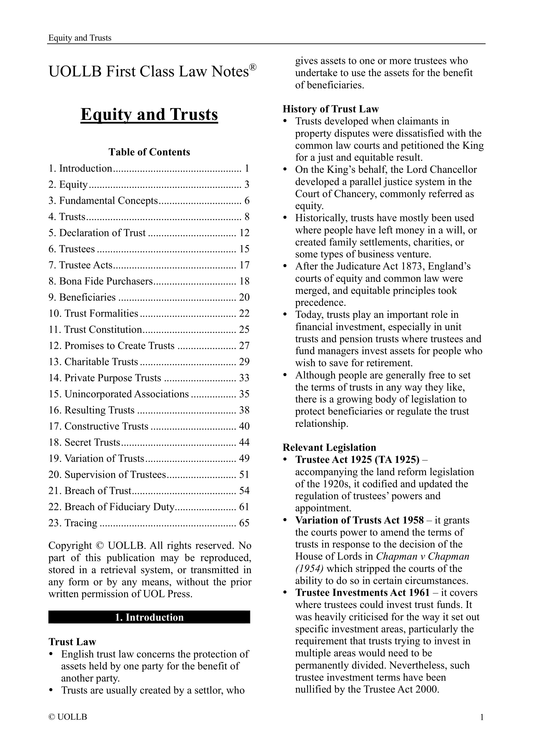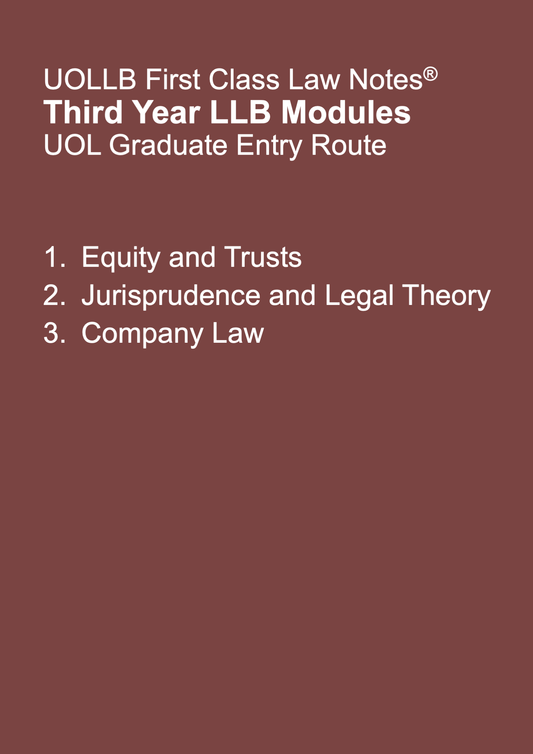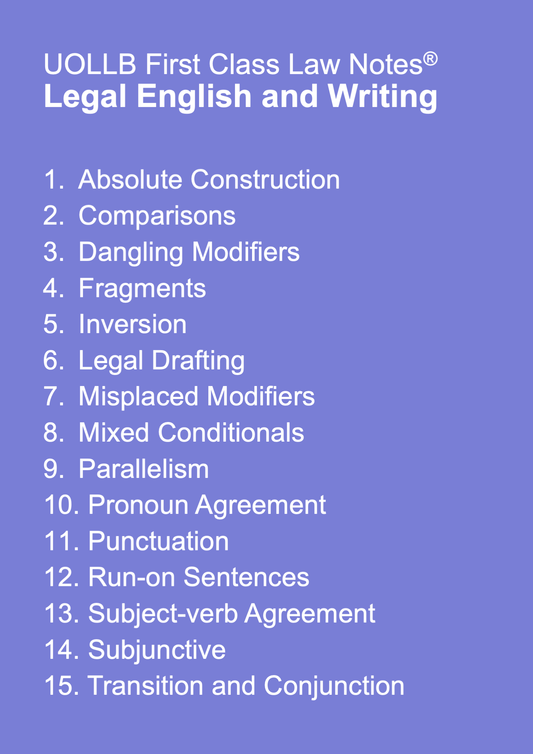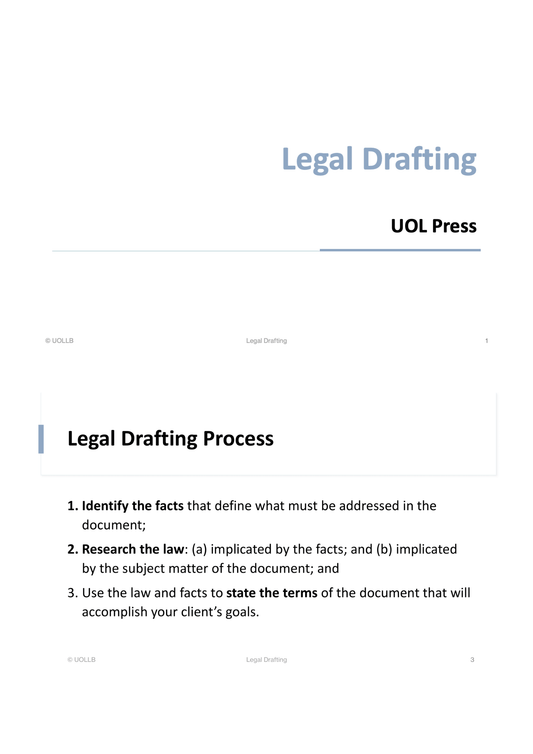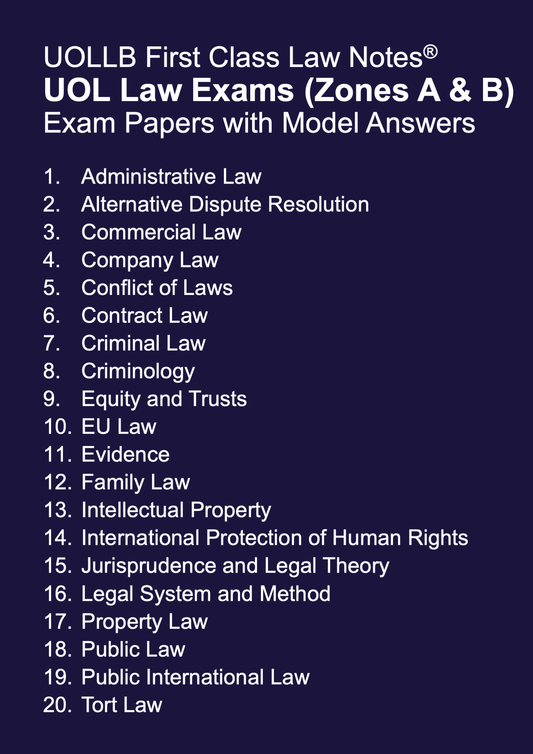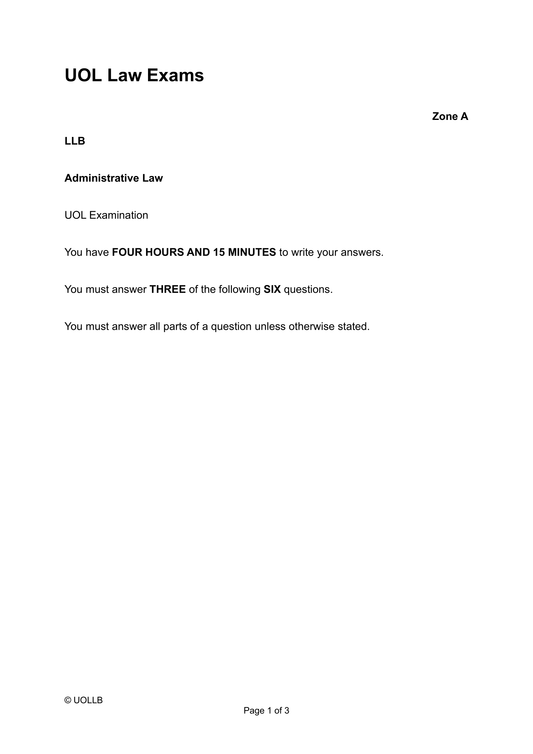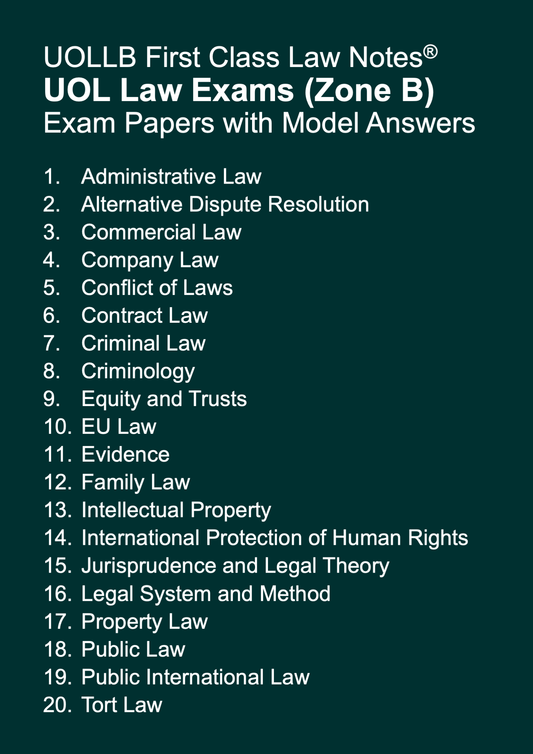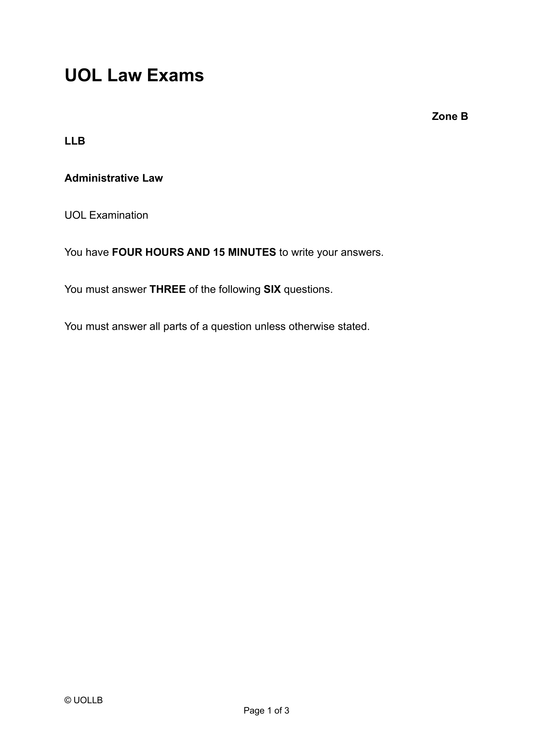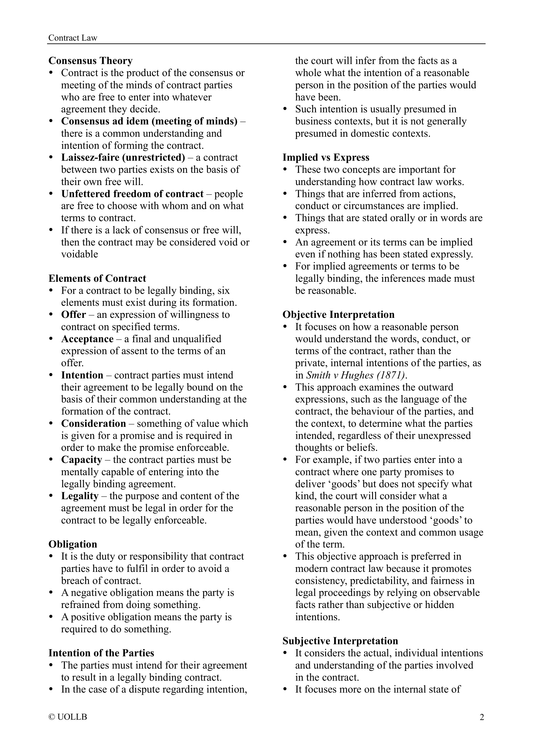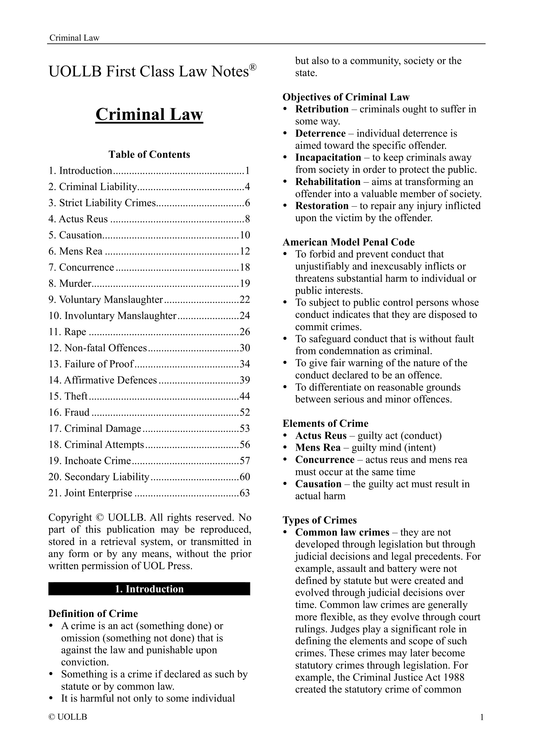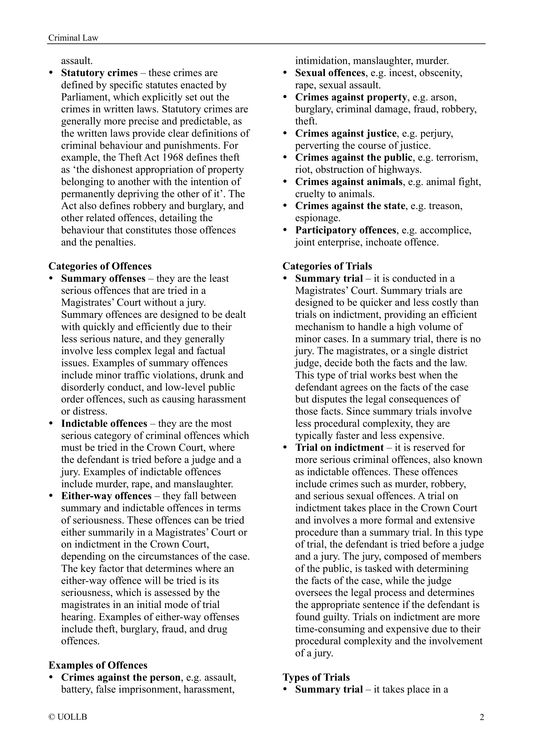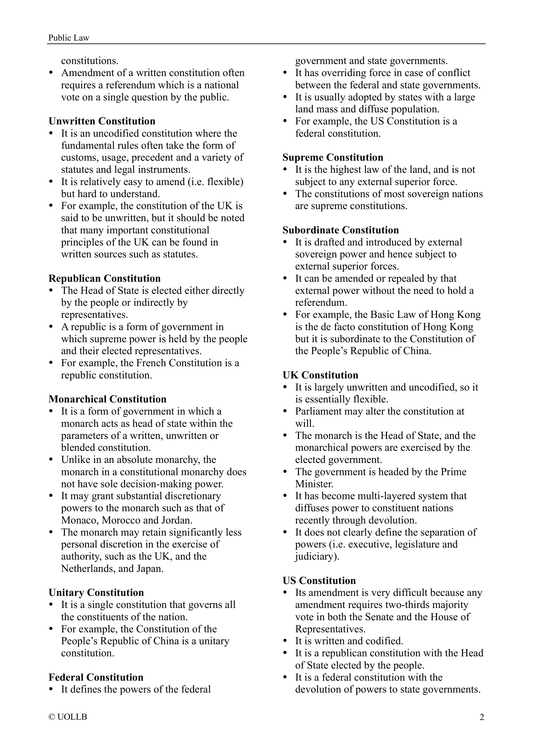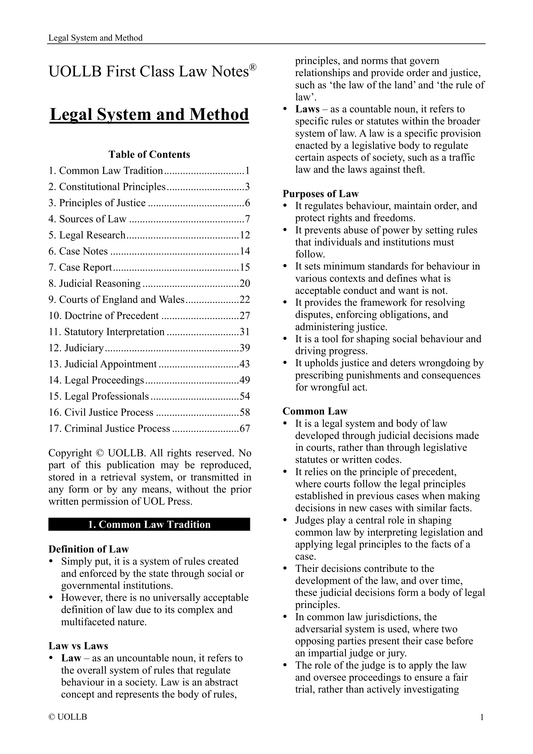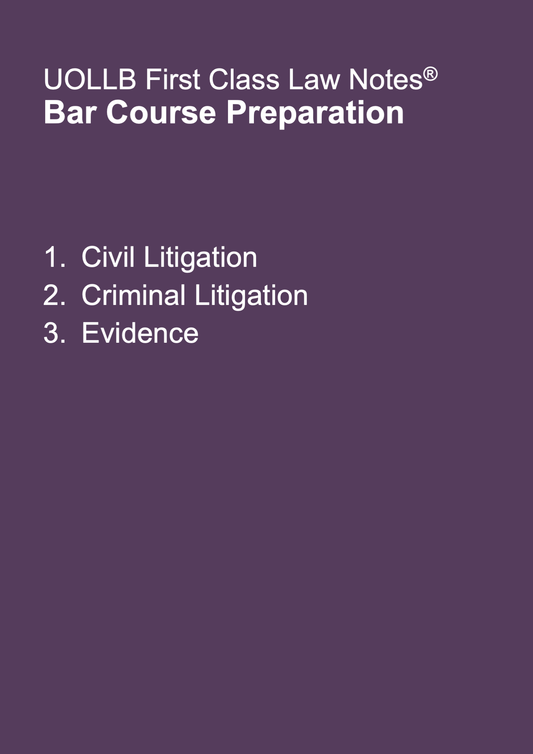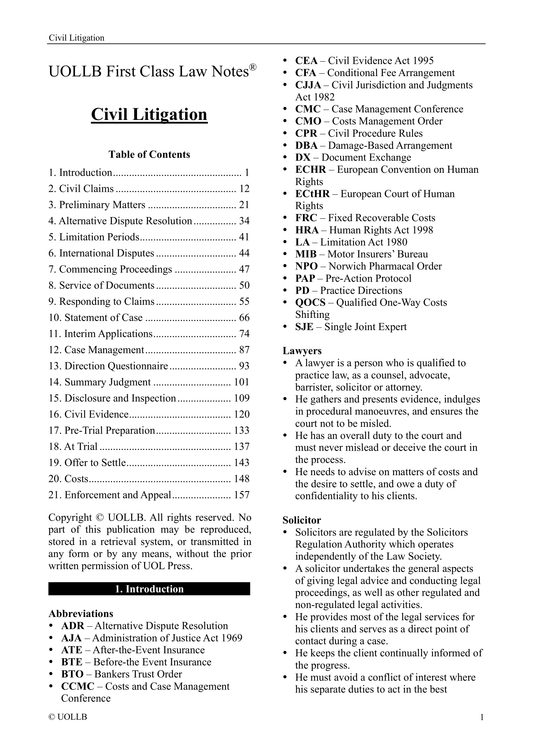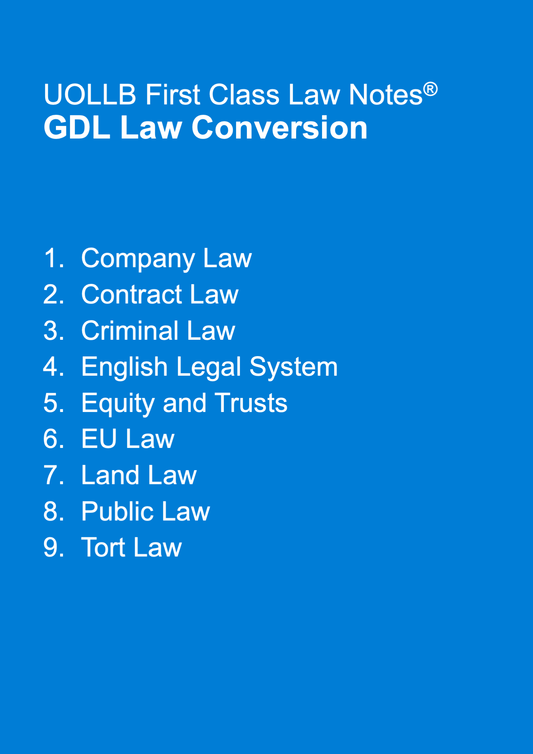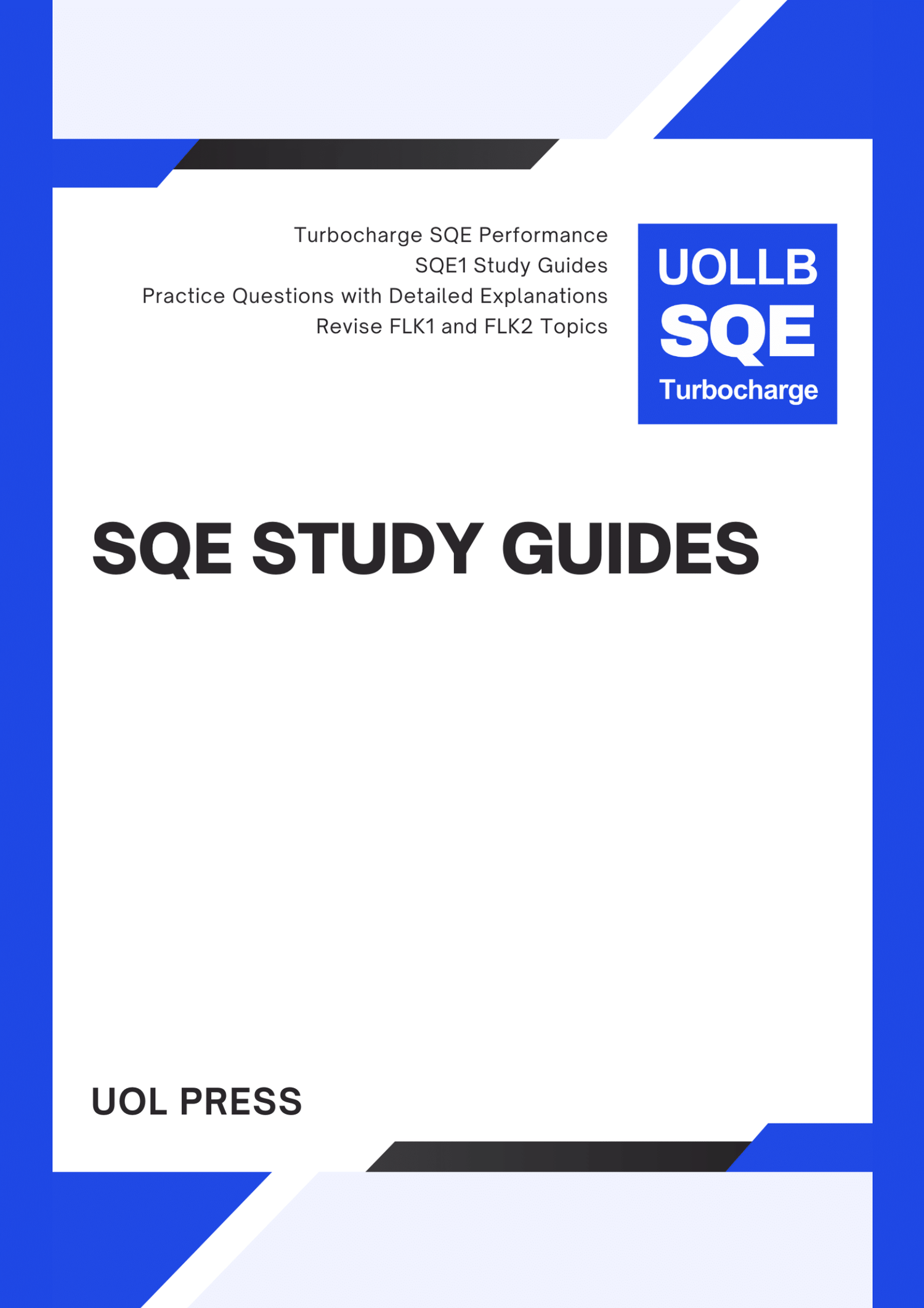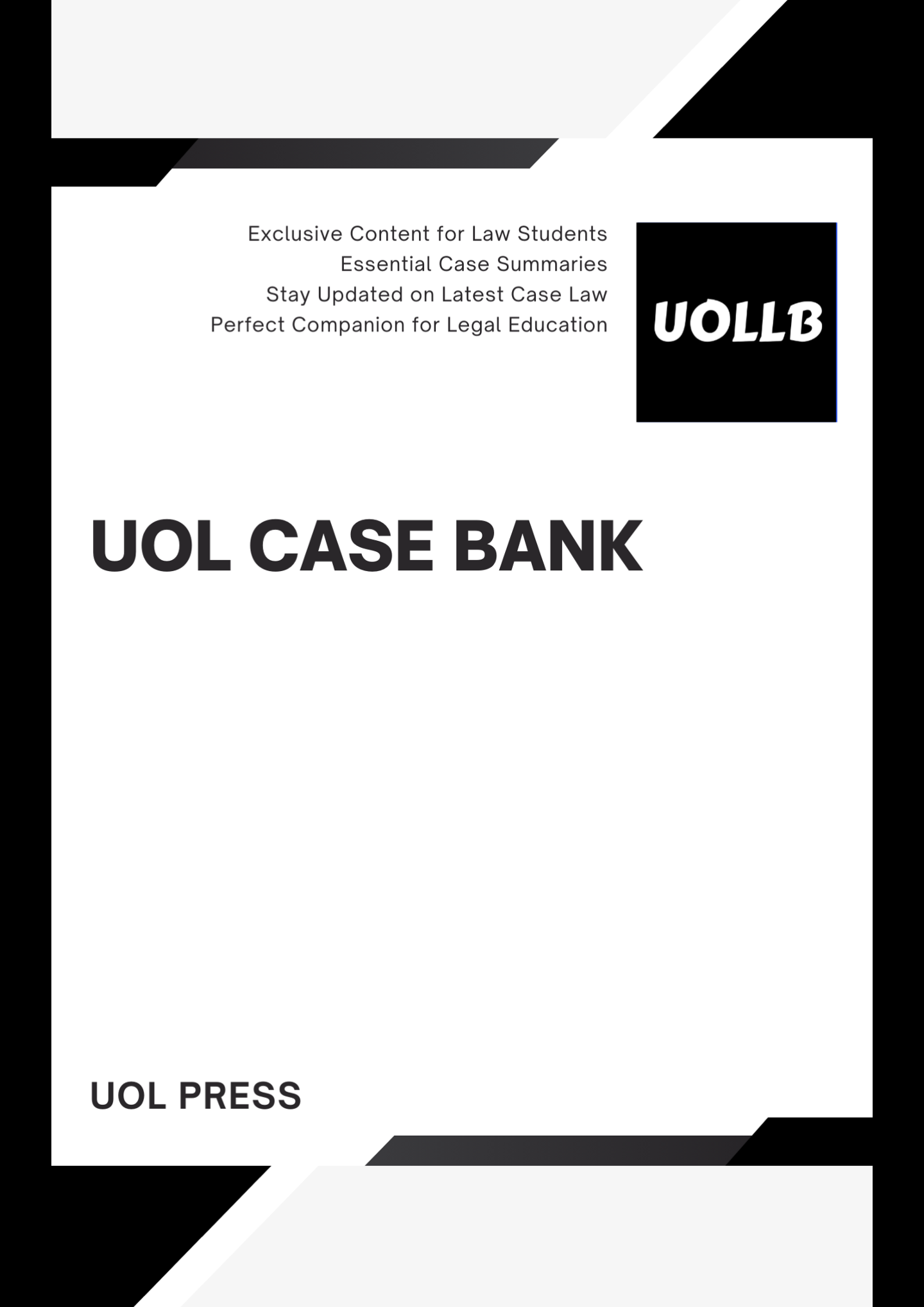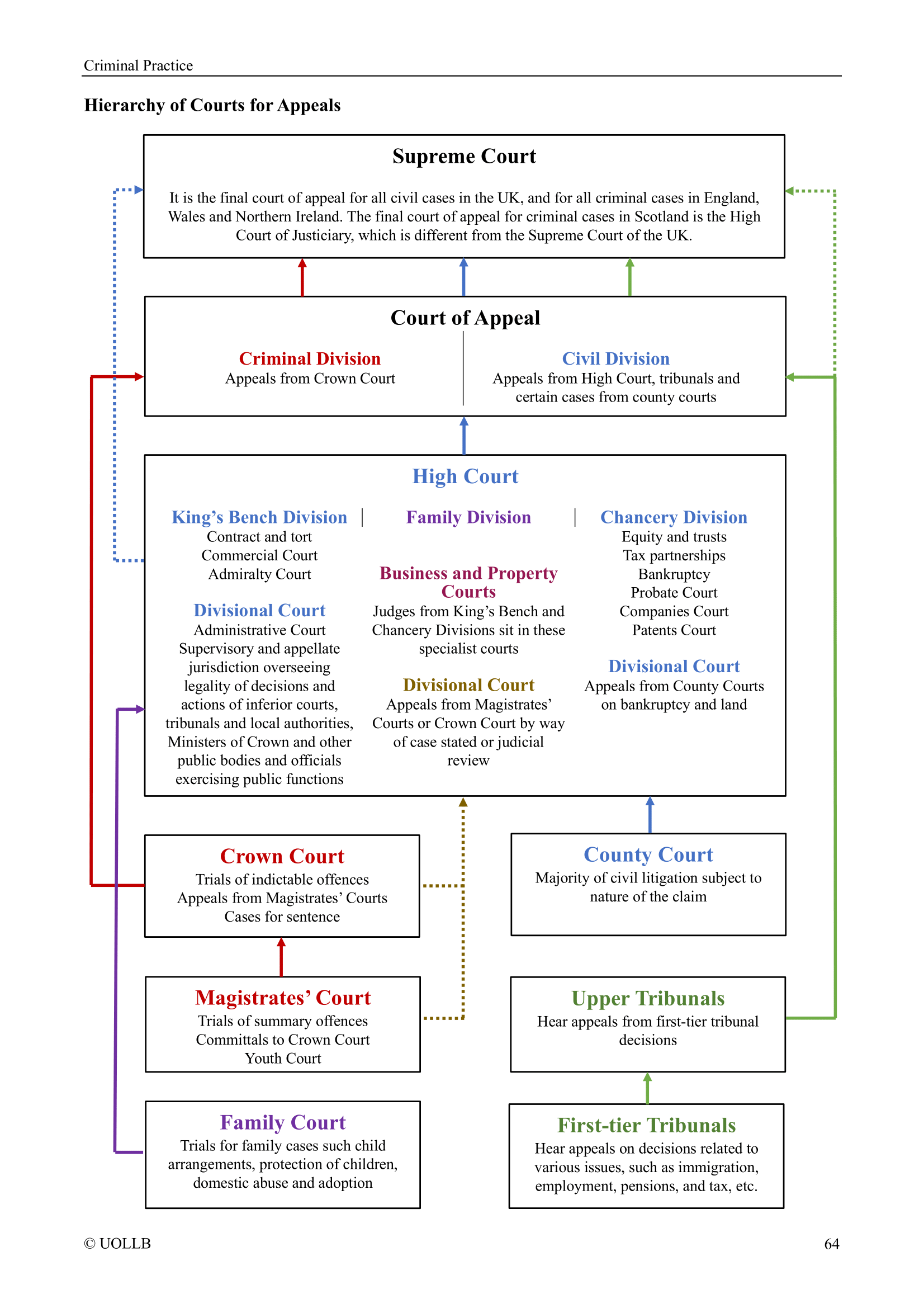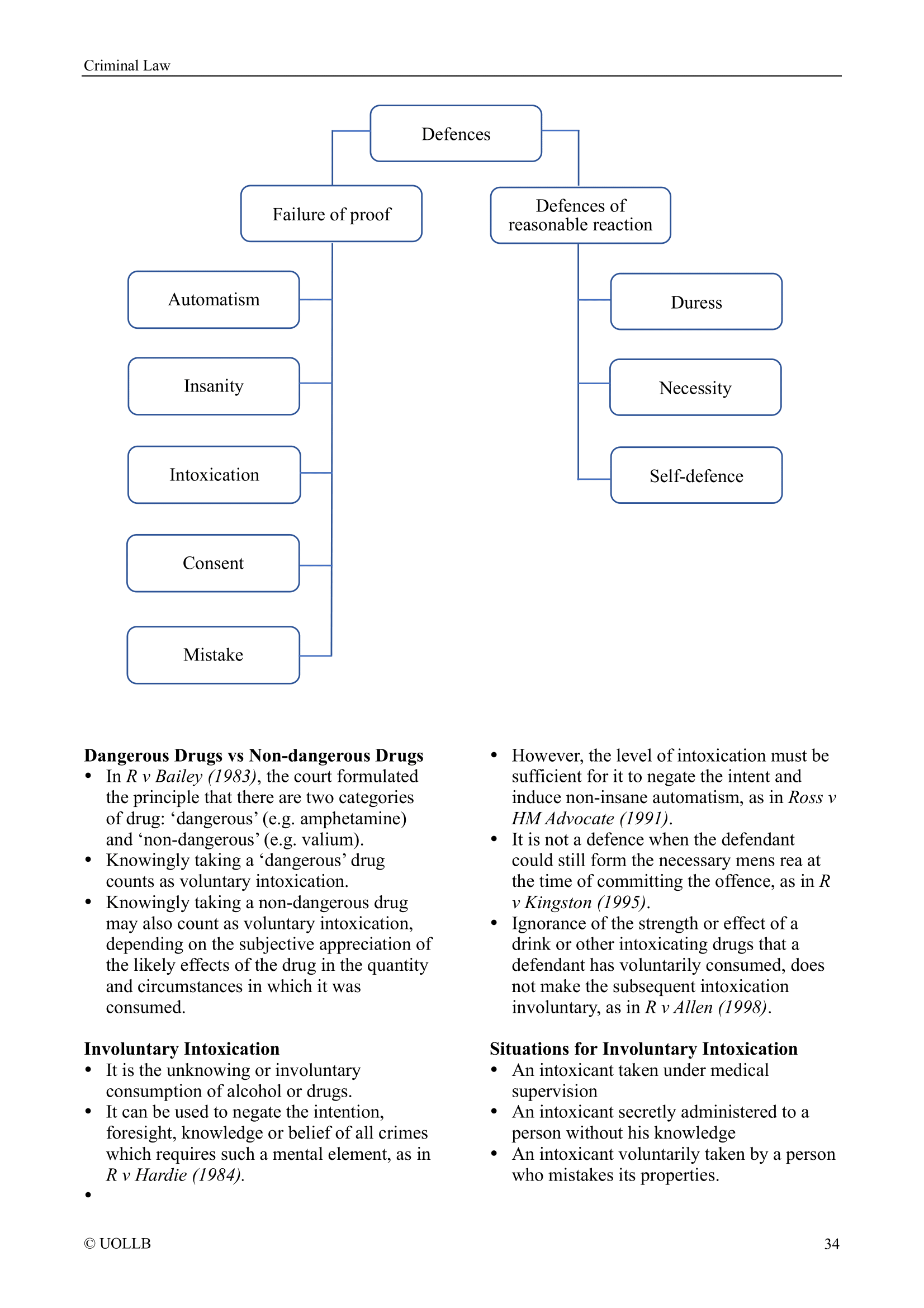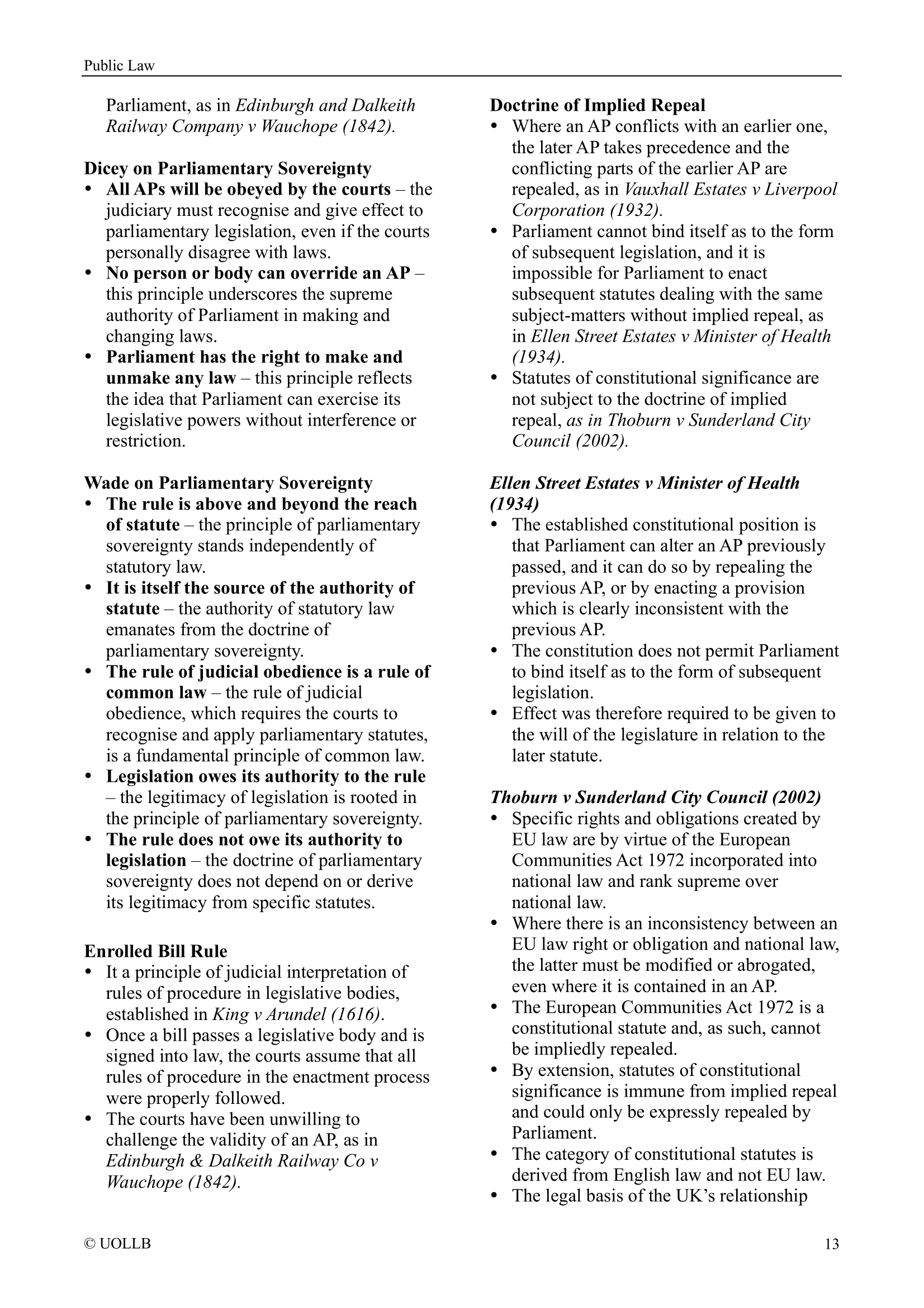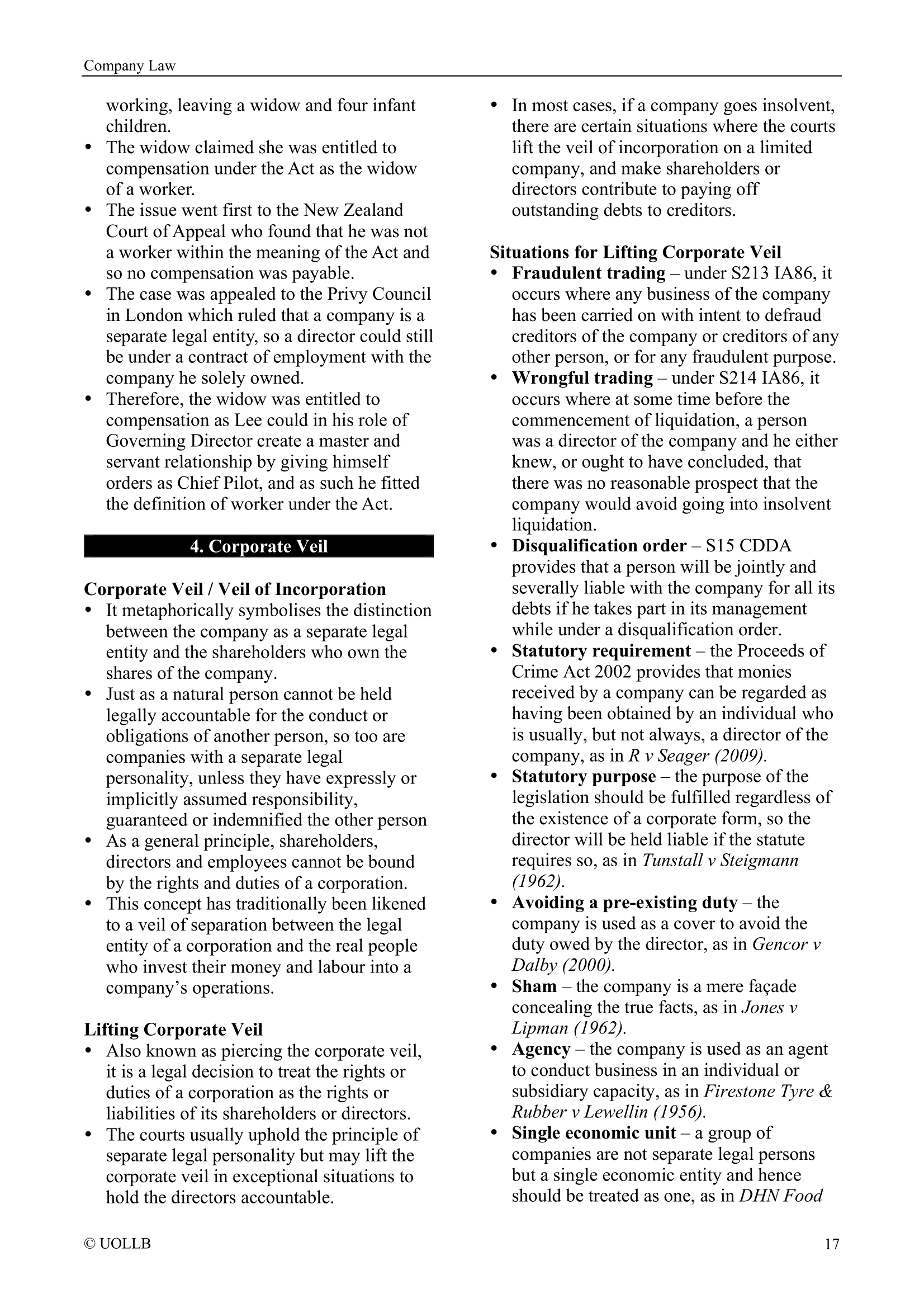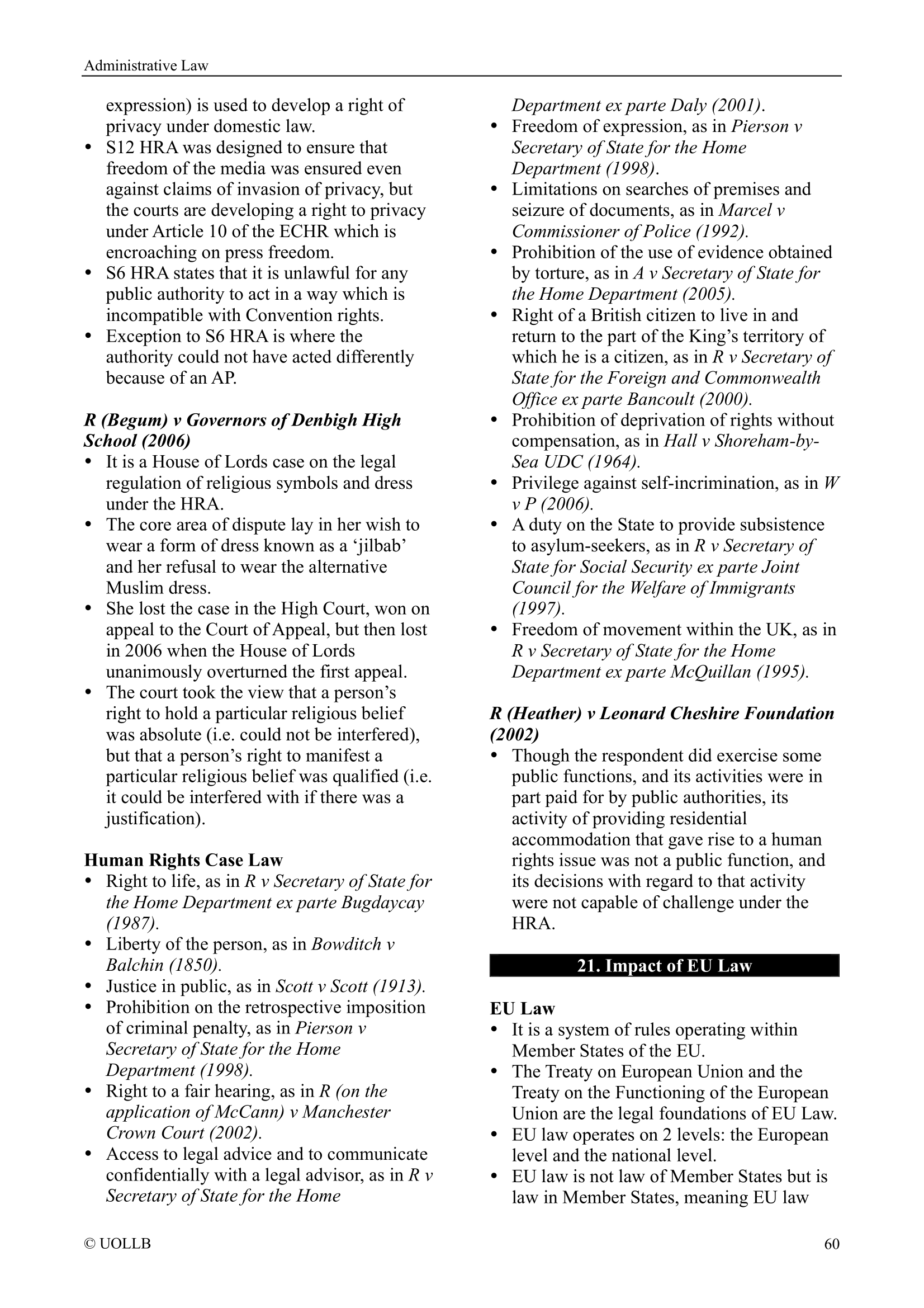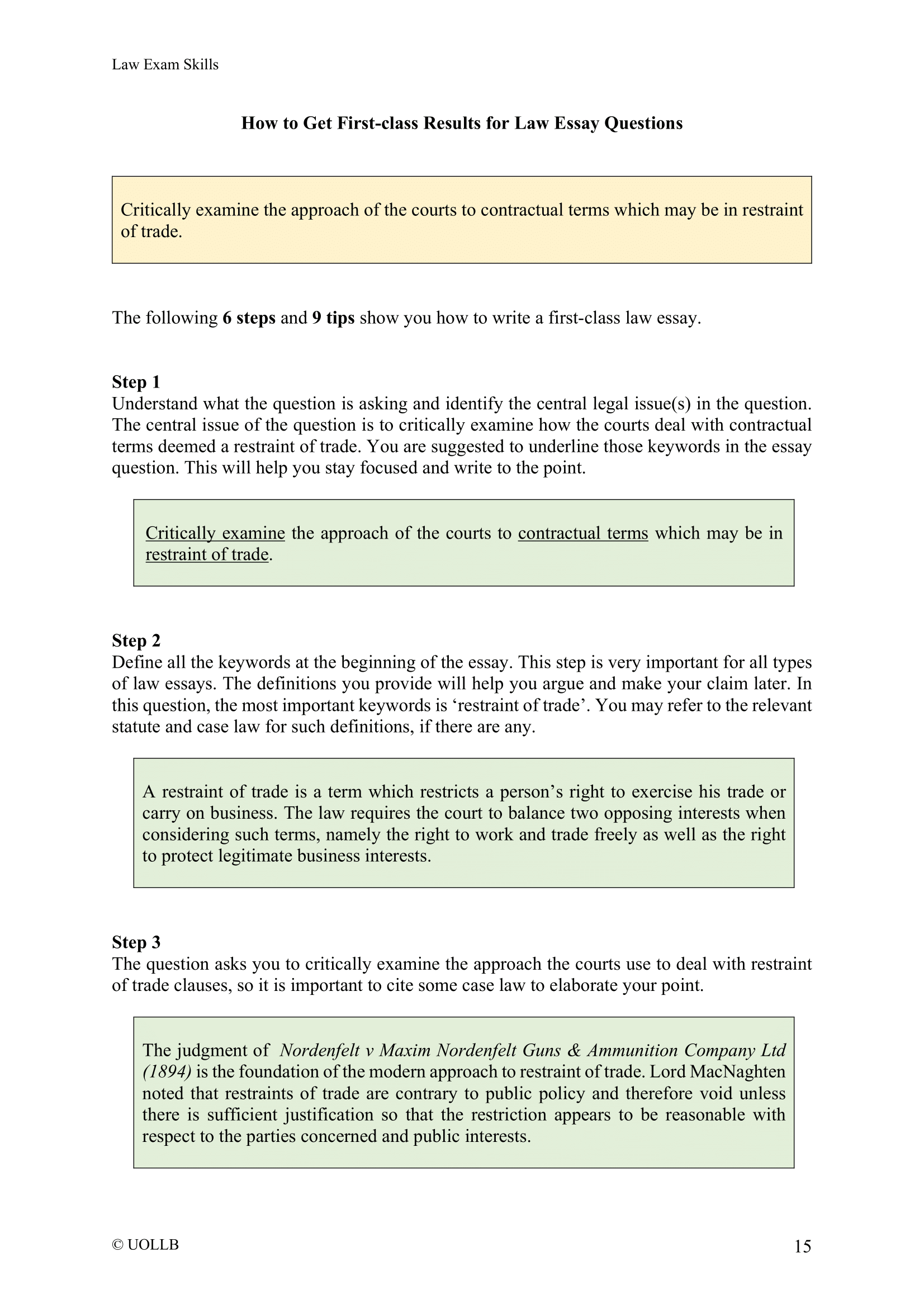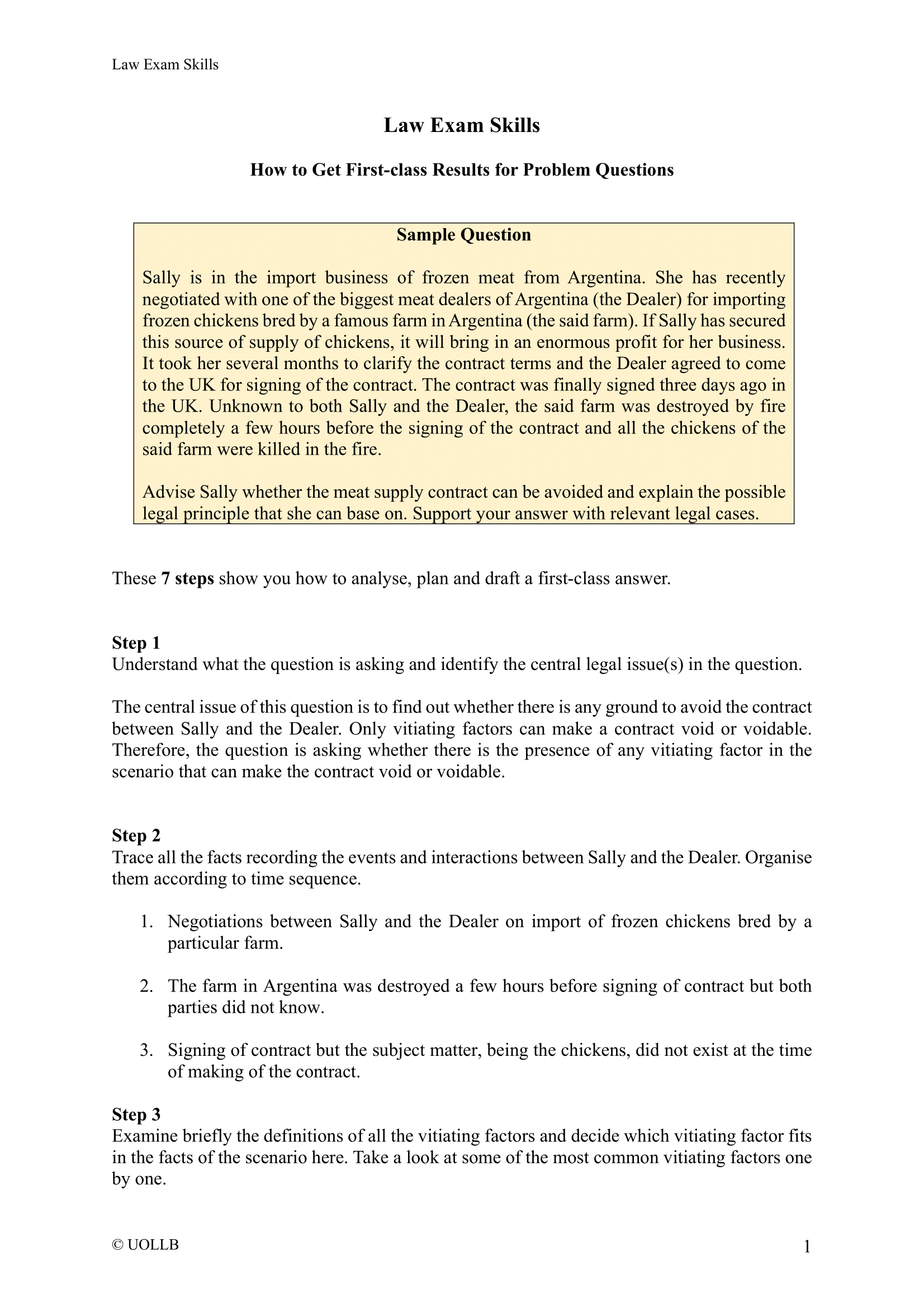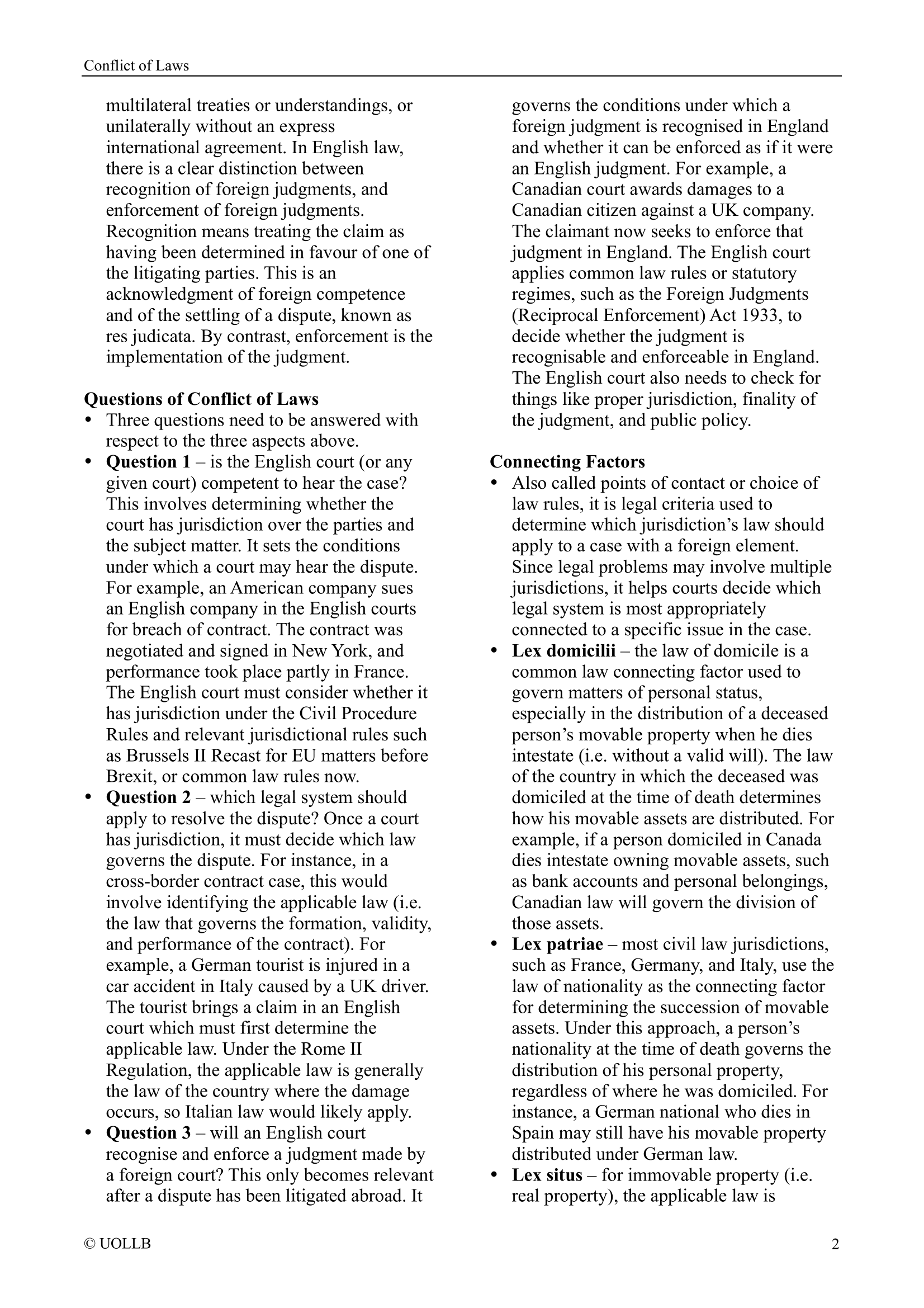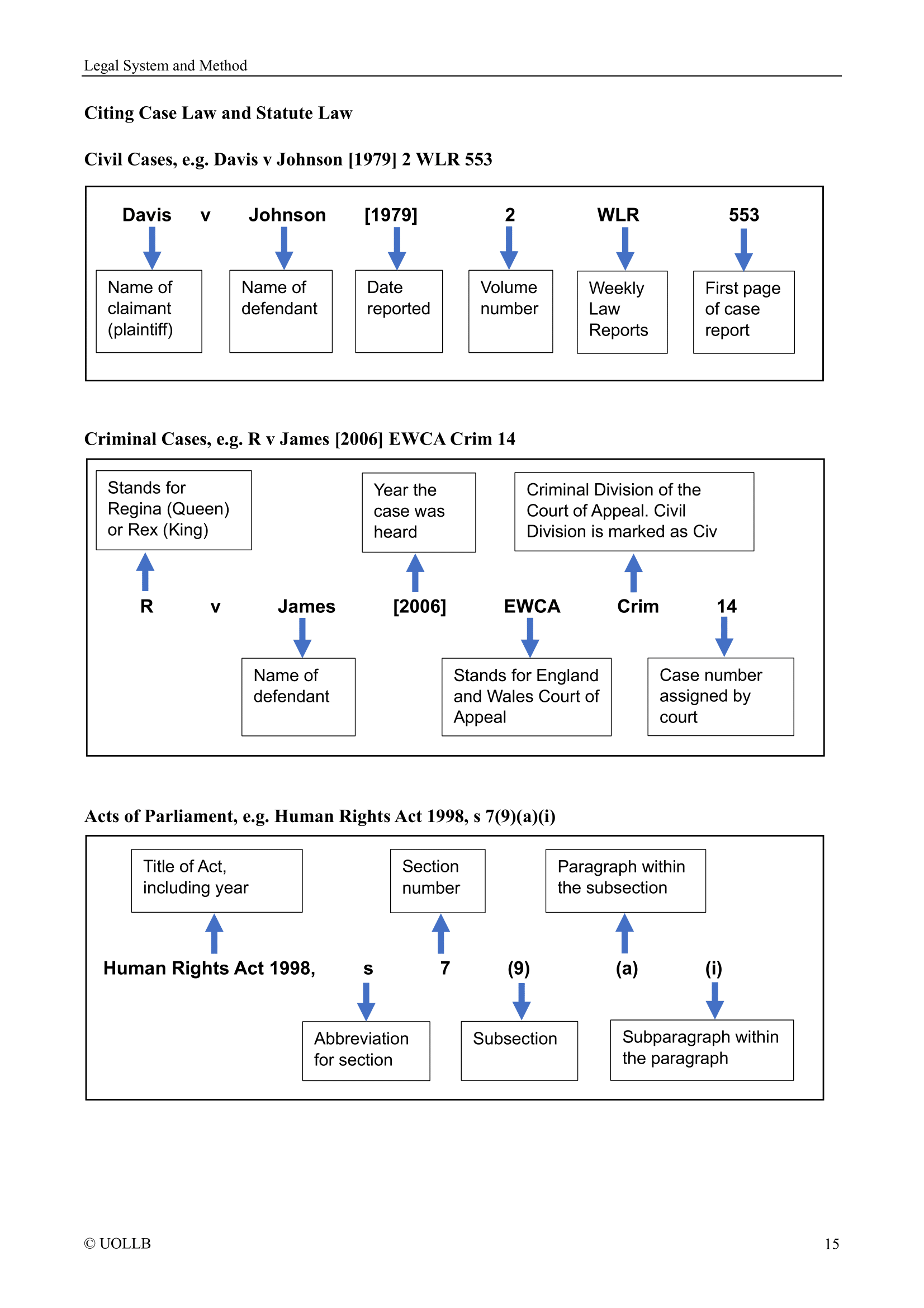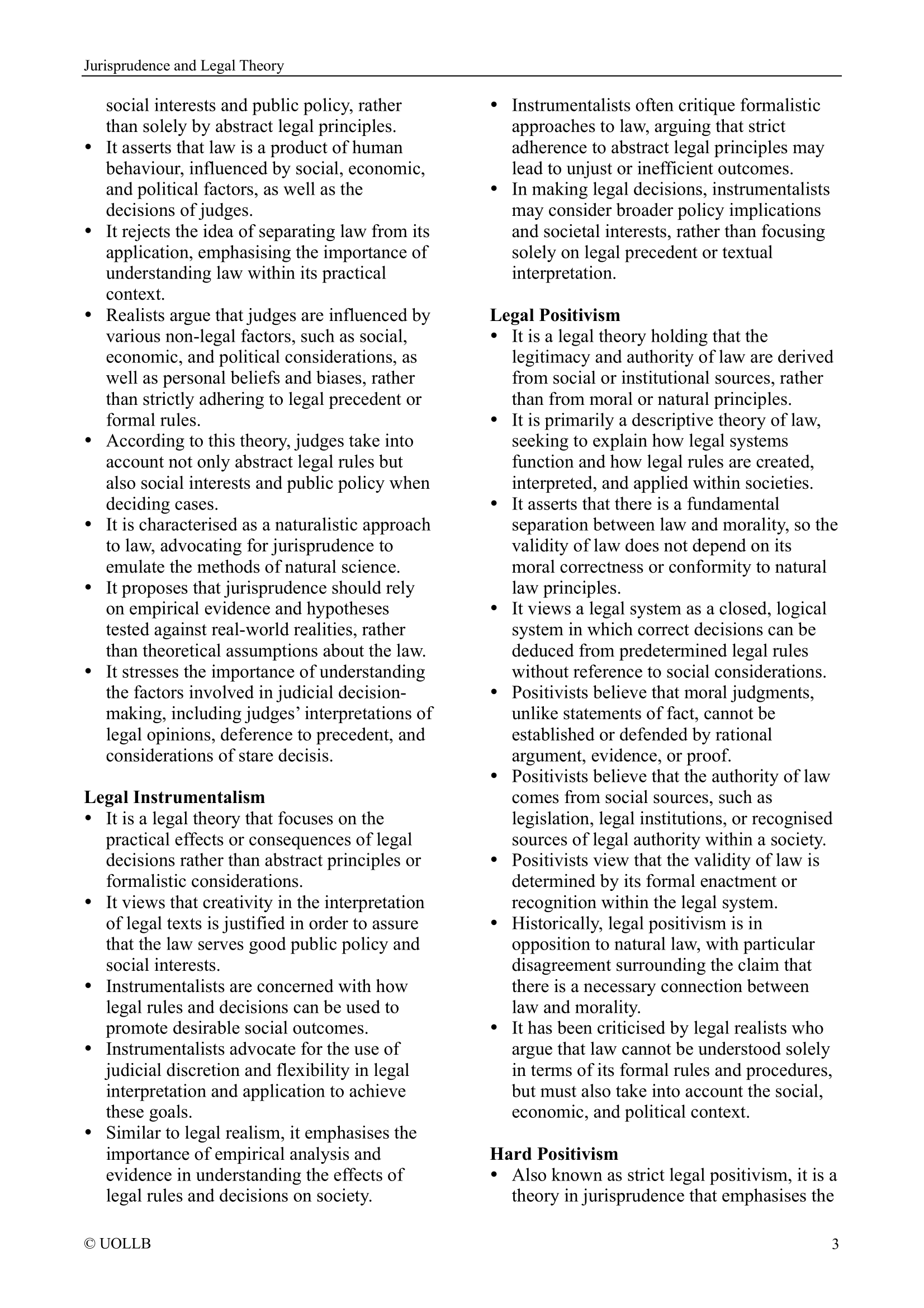Top 10 Legal Cases All Australian Law Students Should Know
Share
Mabo v Queensland (No 2) (1992) 175 CLR 1
This landmark High Court case overturned terra nullius and recognised native title in Australian law. The Court held that Aboriginal and Torres Strait Islander peoples’ traditional laws and customs regarding land could give rise to legal rights, unless extinguished. This decision reshaped property law, led to the Native Title Act 1993 (Cth), and acknowledged Indigenous peoples’ pre-existing connection to land, fundamentally altering the legal and moral landscape of Australia.
Australian Communist Party v Commonwealth (1951) 83 CLR 1
The High Court invalidated the Communist Party Dissolution Act 1950 (Cth), ruling that Parliament could not unilaterally declare organisations unlawful. The case reinforced the rule of law, stating that laws must conform to the Constitution, and the government cannot usurp judicial power by declaring facts or guilt. This remains a key authority on judicial review, separation of powers, and limits on legislative overreach in Australia.
Lange v Australian Broadcasting Corporation (1997) 189 CLR 520
The High Court reaffirmed that the Constitution implies freedom of political communication essential for representative government (Sections 7 and 24). It introduced the Lange test, determining whether a law burdens that freedom and, if so, whether the burden is reasonable and proportionate. This case is central to constitutional law, balancing free speech with legitimate governmental regulation, particularly in media and defamation law.
Dietrich v The Queen (1992) 177 CLR 292
The High Court held that an accused has a right to a fair trial, and that in serious criminal cases, a court should stay proceedings if the accused is unrepresented through no fault of their own. This does not establish a right to publicly funded legal representation but makes clear that trials should not proceed unfairly. This case has had significant impact on criminal justice, especially in relation to legal aid and procedural fairness.
Waltons Stores (Interstate) Ltd v Maher (1988) 164 CLR 387
The High Court expanded promissory estoppel, allowing it to be used as a sword, not just a shield. Waltons led Maher to believe a contract would be signed, causing Maher to act to his detriment. The Court enforced Waltons’ promise despite no formal contract. This case reshaped contract formation principles, emphasising fairness and reliance where one party induces another to act to their detriment.
Cole v Whitfield (1988) 165 CLR 360
This case reinterpreted Section 92 of the Constitution, which guarantees free interstate trade, holding that it prohibits discriminatory, protectionist burdens rather than all regulations. The Court upheld Tasmanian laws regulating crayfish to protect fisheries, finding they did not target interstate trade unfairly. The decision ended decades of confusion about Section 92 and clarified how economic regulation interacts with the federal structure.
Plaintiff S157/2002 v Commonwealth (2003) 211 CLR 476
The High Court struck down a privative clause that sought to exclude judicial review of migration decisions, affirming that judicial review of administrative action is constitutionally entrenched under Section 75(v). This decision reasserted the rule of law, ensuring that executive decisions are always subject to court scrutiny for legal error, even where Parliament tries to limit this oversight.
Kruger v Commonwealth (1997) 190 CLR 1
Known as the Stolen Generations case, this challenge to the Aboriginals Ordinance 1918 (NT) alleged various constitutional violations. The Court upheld the law but recognised that the Constitution may contain implied rights, including limited rights to legal equality and freedom of religion. Though the plaintiffs failed, this case clarified constitutional protections and the limits of legislative power over Indigenous peoples.
Castlemaine Tooheys Ltd v South Australia (1990) 169 CLR 436
The High Court struck down a state law imposing higher fees on interstate beverage containers, ruling it discriminated against interstate trade, violating Section 92. This case clarified that protectionist laws cannot be justified if their burden on interstate trade outweighs any legitimate public interest. It is a leading authority on economic freedom and state regulation under the Constitution.
Roach v Electoral Commissioner (2007) 233 CLR 162
The High Court ruled that a law disenfranchising all prisoners was unconstitutional, violating the implied right to vote under Sections 7 and 24 (representative democracy). While some limits on voting rights are allowed, blanket bans are not proportionate. This case is pivotal in defining citizen rights, the limits of legislative power, and implied democratic rights under the Constitution.
